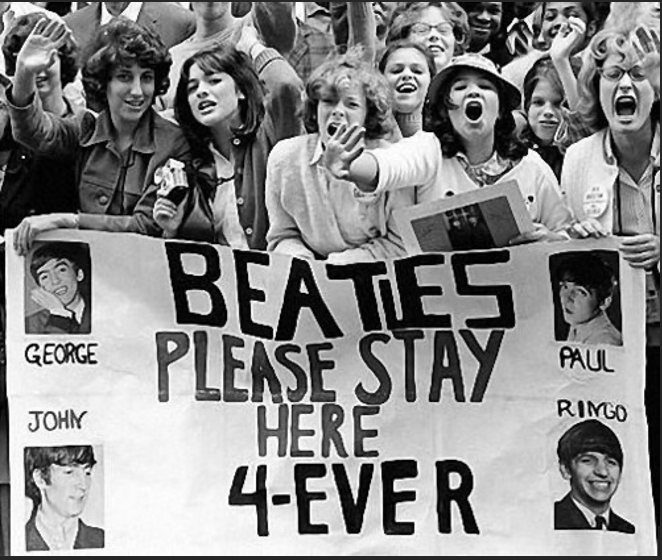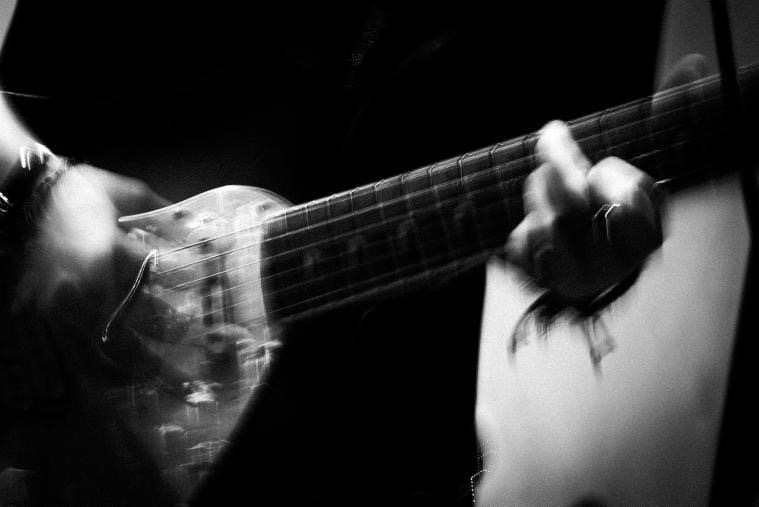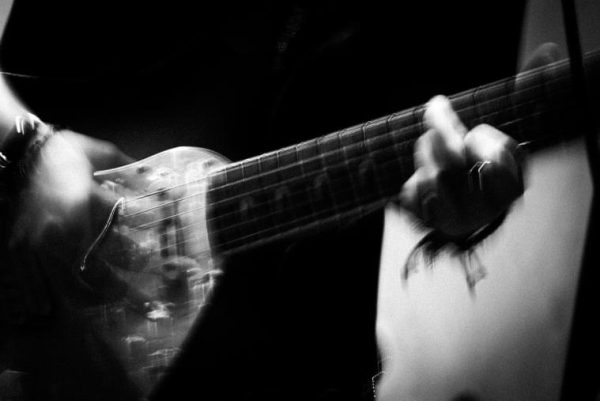Tarmacs to Twitter : The Power of the Fangirl
February 27, 2022
From Beatlemania to One Direction Infection, images of young women have flashed across news screens. Historically these pictures have narratives attached to them often stating that these are “crazed fan girls” Beyond the inherently problematic narrative that these are “crazed” people, the narrative of “fangirls” have significantly been misconstrued. The heart of the matter is that fangirls have been at the center of many bands’ global successes and backbone of music industry for years.
When the Beatles came to America, music critics were critical of who their Britpop northern England image would be received in the United States. However, upon arriving in America, the tarmac was filled with fans. Many of which were young women who had consumed The Beatles music, and upon realizing their musical talents, had become massive fans. These fangirls brought the Beatles to the forefront of music charts and giving The Beatles the notoriety to make the journey to US stages and tarmacs. While now The Beatles are notable for their music by the masses, their popularity and rise started with the fangirl recognition of them as band to watch and listen to.
While times change and streams became more important than record sales, fangirls stayed at the heart of the music industry. An example of this is One Direction and their global popularity. Like The Beatles, One Direction started out in England, specifically on the television competition show X Factor. However, thanks to the globalized nature of social media, and YouTube access, One Direction crossed the pond to become popularized in the United States. Thanks to the power of fangirls, One Direction was able to depart on a headline tour of multiple arenas, and their debut album charted on the Billboard 200, being the first UK group to ever do so.
The success of both The Beatles and One Direction is because fangirls are more than just screaming fans. Fangirls are the group of people who actively consume music, and intentionally support and aid bands’ success. Fangirls hold the power to give bands attention, whether at airport tarmacs in 1964 or twitter notoriety in 2012 and determine financial and chart success. Fangirls understand how to promote and uplift bands to the public. The Beatles successful promotion in America, were due in a large part to the fact that the “teenyboppers” of the time. The fangirls were buying The Beatles records, thus bridging musical divides between the British and American music scenes. In a more recent example, One Direction fans understood that by promoting streaming “Up all Night” on various social media platforms, they could push One Direction onto the charts, bringing One Direction both public and industry attention.
Music Industry executives need to understand the deep history of the fangirl and their industry power. To understand the fangirl’s social media techniques, A&R strategies, and streaming power, is to understand how to successfully market and achieve acclaim on a transnational basis.
















